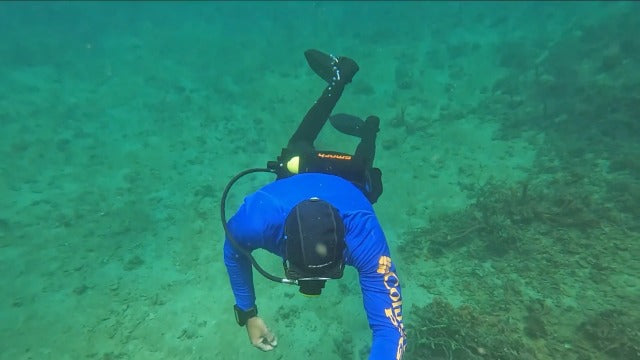
PSI Loss During Dives: 6 Causes & Prevention Tips
During dives, PSI loss can occur due to 6 main causes: leaky O-rings (15% of cases), faulty tank valves, improper regulator connections, worn hoses, rapid descent/ascent, and extreme temperatures. ...
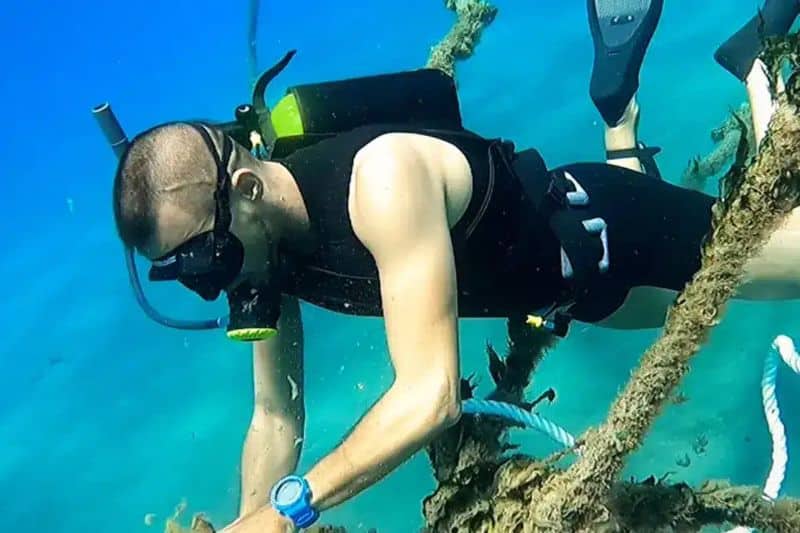
Mini Tank Weight Comparisons: 5 Material Differences
Mini tanks vary in weight based on material: aluminum (300-500 kg) is lightest, steel (800-1,200 kg) offers durability, titanium (600-900 kg) balances strength and weight, carbon fiber (400-700 kg)...
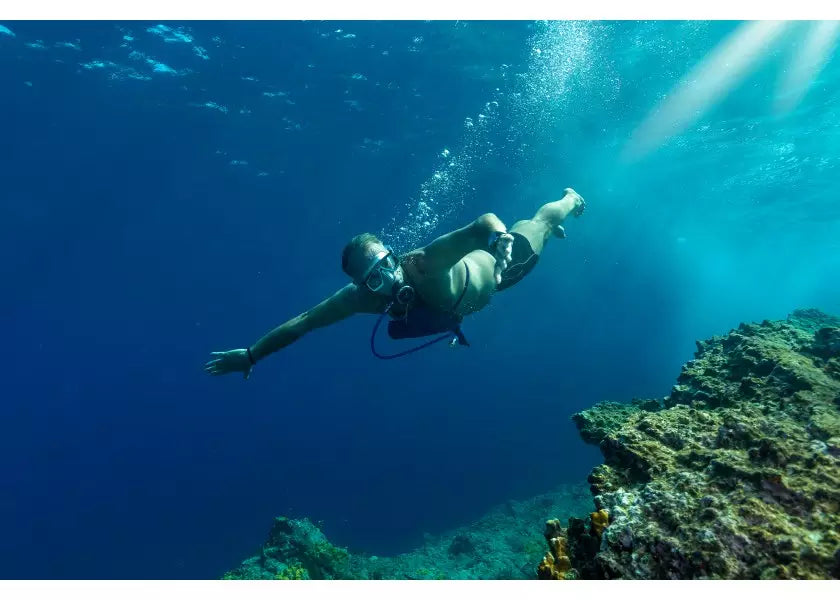
Depth Limits for Mini Tanks: 5 Safety Thresholds
Mini tanks, often used for small-scale operations, have specific depth limits to ensure safety. The maximum safe depth is typically 10 meters, beyond which pressure risks damage. For shallow dives,...
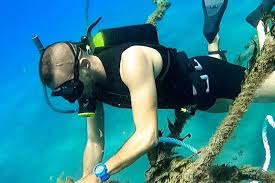
Hand Pump Filling: 6 Step Technique Guide
Here’s a concise 60-word guide to hand pump filling: Fill 80% of the pump chamber with water to prime it, then use 6 steady strokes (10–12 inches per stroke) for optimal pressure. Hold the handle f...
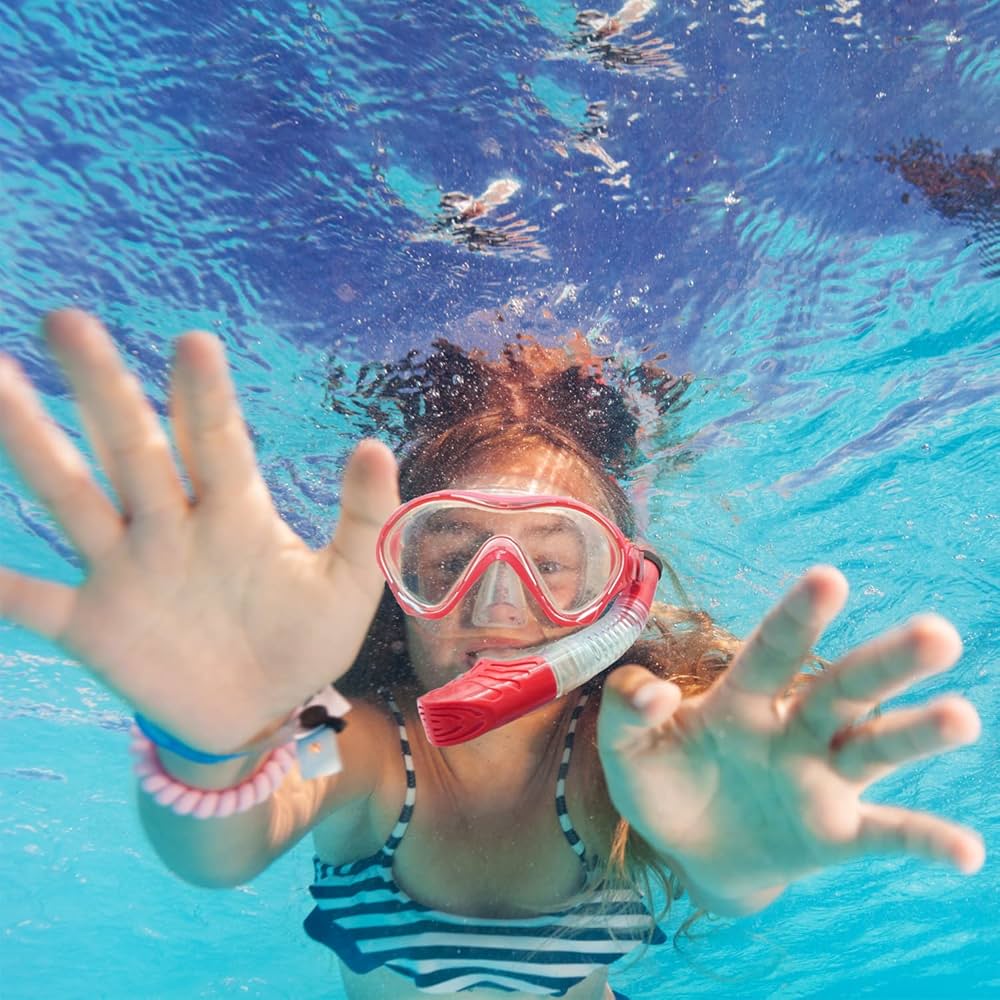
Snorkel Set Features: 7 Professional-Grade Elements
The Snorkel Set Features 7 Professional-Grade Elements designed for enhanced underwater exploration, including a tempered glass mask for 180° panoramic vision, a dry-top snorkel preventing water en...
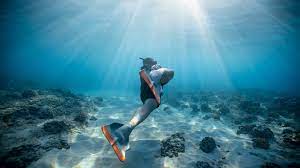
Snorkel Fin Selection: 6 Fit Criteria for Comfort
When selecting snorkel fins for comfort, consider 6 key criteria: fit (snug but not tight), material (flexible yet durable), strap adjustability (easy to secure), weight (lightweight, under 2 lbs/p...